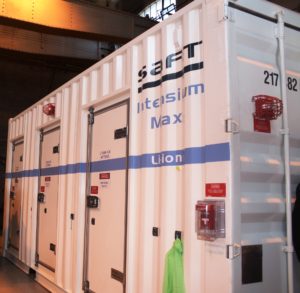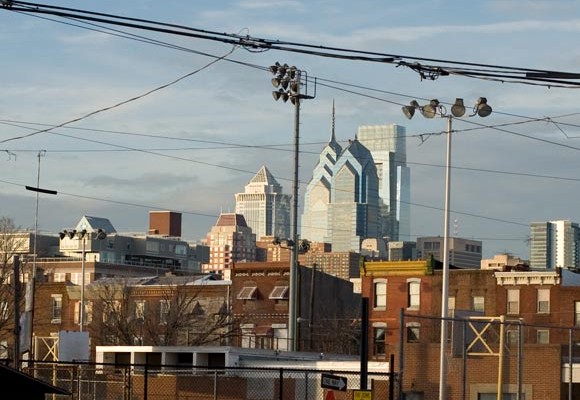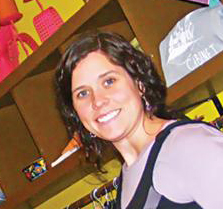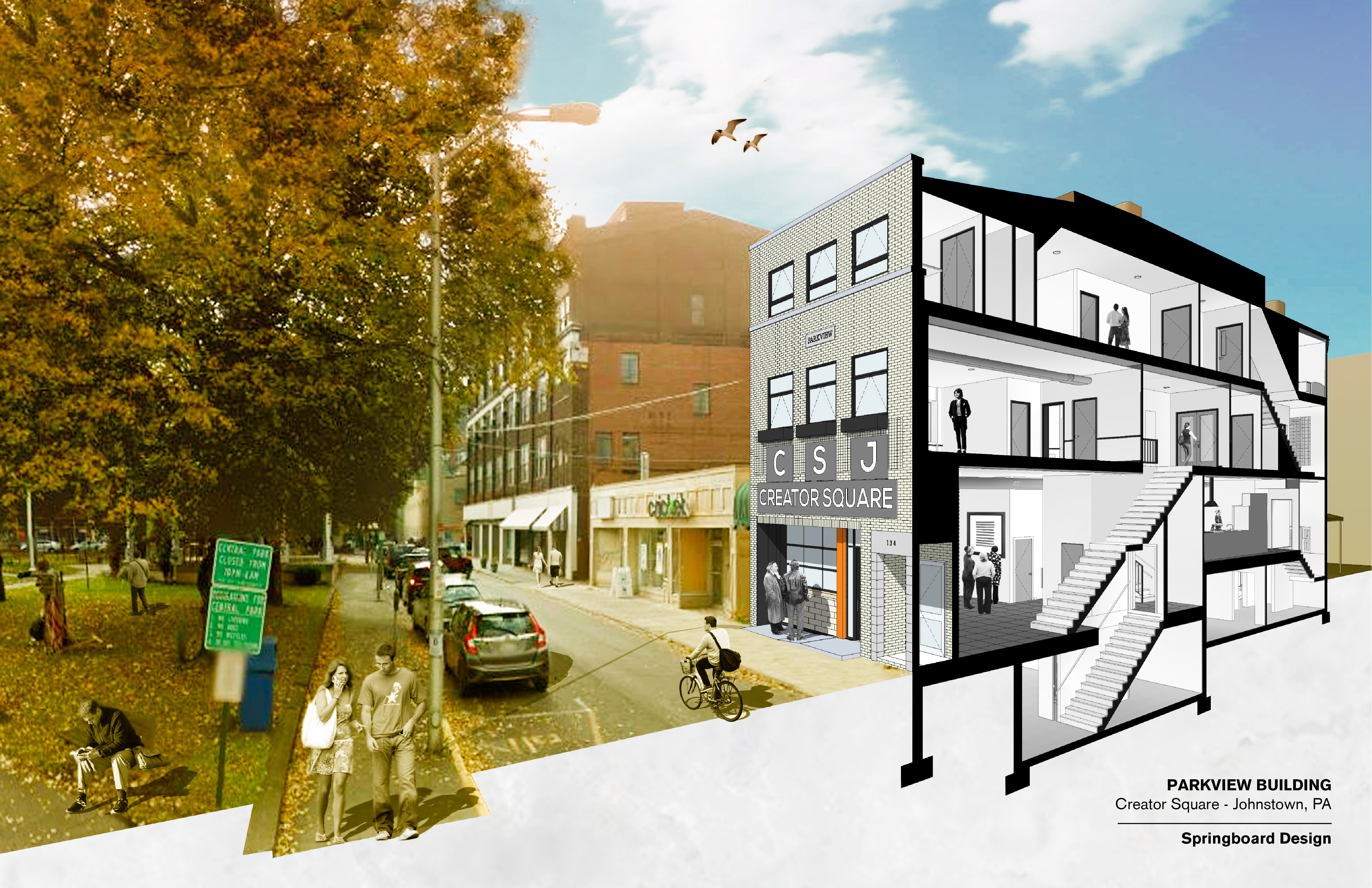Every commuter is familiar with the screech of a braking subway car. That nails-on-a-blackboard sound now signifies more than just an upcoming station, thanks to an innovative project that harnesses and stores the energy generated when trains grind to a halt.
SEPTA, Constellation (an Exelon Corporation subsidiary) and Viridity Energy are partners in an 8.75-megawatt (MW) battery storage network under construction at seven substations on SEPTA’s Market-Frankford and Broad Street lines.
When operational late this year or early next, the network will boost sustainability while generating energy, savings and revenue. The energy captured from braking subway cars will be reused to power trains as they accelerate from stations. This technology can also provide emergency electricity in event of power outage. SEPTA can also earn revenue by supplying stored power when needed to the frequency regulation market of PJM Interconnection, the regional electrical transmission grid.
“When complete, SEPTA will have access to over 10 megawatts of energy storage capacity — a fivefold increase in storage capacity with no upfront costs or balance sheet impact,” explains SEPTA spokesman Andrew Busch. “The stored energy can be used to help SEPTA reduce operating costs.”
The project is among the first commercially deployed battery storage systems in the transit sector, and its ability to return power to the regional grid is a first.
“[The novelty] of the SEPTA energy storage program is in the parallel functions for savings and market revenue,” says Chad Von Eck, vice president of energy storage at Viridity. “We are unaware of another instance of regenerative braking capture and reuse [alongside] market-based frequency regulation service.”
“What makes this project unique is the ‘dual purpose’ design of the storage system,” adds Busch. “Both the customer and grid operator are benefitting from this deployment. Most of the battery systems deployed in the U.S. to date are only performing one or the other.”
Back in 2010, SEPTA partnered with Viridity to build a single 800 KW battery at the Letterly Substation on the Market-Frankford Line in the Kensington section of North Philadelphia. SEPTA was already using regenerative braking on Market-Frankford line trains, but needed some help to maximize the value of this function.
“It was a timing issue as there generally aren’t trains accelerating in the immediate vicinity of braking trains and therefore some portion of the energy savings was being missed,” explains Von Eck. “Viridity proposed energy storage as a solution to the timing issue with a store-now/use-later approach. The challenge was that energy savings alone could not justify the cost of the integrated storage system. Viridity personnel and executives had come from PJM and knew the frequency regulation market would soon open up to demand-side resources like SEPTA. We aggressively planned for that opportunity.”

In 2014, the partners installed a second storage project at Griscom Substation in the Frankford section of Northeast Philadelphia. This project introduced super capacitors to lead the capture and reuse of regenerative braking energy from the trains, but with a 1 megawatt battery to participate in PJM’s frequency regulation market. The result was improved performance overall.
“With four-plus years of operational experience with this novel approach, SEPTA and Viridity agreed the time was right for a network rollout to maximize the benefit of SEPTA’s leading sustainability program,” says Von Eck. “To do this, we would need a source of capital, preferably from a partner with complementary capabilities and objectives. Constellation was a natural fit — [they] focus on distributed generation, energy efficiency and PJM’s energy markets.”
Constellation will fund, own and operate the battery storage network. Viridity will provide energy market services for the project, bidding the batteries into the PJM market as frequency regulation resources — matching generation with demand and maintaining the desired electrical frequency on the grid.
As for SEPTA, the transit organization will benefit from the savings and revenue streams and boost its sustainability record. Enhanced power quality and voltage stability will aid equipment maintenance programs.
“The battery storage project requires no upfront capital investment from SEPTA,” says Busch. “It will be financed through a 20-year battery services agreement with Constellation.”
The partners did not reveal the size of the overall investment but Von Eck says a three-to-four year payback is anticipated.
The project is a potential model for other rail and transit systems, and regional electrical grid operators. Von Eck reports that Viridity is in discussions with a handful of metropolitan agencies nationally and internationally.
So next time your subway squeals to a stop, think sustainability, savings and innovation. Then turn up your ear buds.
ELISE VIDER is news editor of Keystone Edge.
-Keystone Edge Publisher Greg O’Loughlin is a founder and partner at SWELL, LLC, the Advertising Agency of Record for SEPTA.



